Nearly 300,000 preschool children have not been to school
Continuing the 44th Session, on the morning of April 17, the National Assembly Standing Committee gave opinions on the draft Resolution of the National Assembly on universalizing preschool education for preschool children from 3 to 5 years old.
Minister of Education and Training Nguyen Kim Son said: Every year, over 5.1 million preschool children (including 4,556,771 children of preschool age from 3 to 5 years old) are nurtured, cared for andeducated at 15,256 preschools and 17,444 independent preschool education facilities; the rate of mobilizing children for nursery schools is 34.6%, the rate of mobilizing preschool children is 93.6%.
However, according to the Minister of Education and Training, preschool education still faces many difficulties and major challenges such as: a large number of preschool children from 3 to 4 years old (mainly children in disadvantaged areas, disadvantaged children) have not had access to preschool education, creating inequality in access to education. Specifically, there are nearly 300,000 preschool children who have not been to school, concentrated in difficult and especially difficult areas, highlands, mountainous areas, border areas, islands, where there are many ethnic minorities.
Conditions to ensure the quality of preschool education are still poor. The rate of new solid classrooms is only 84.8%, while 0.5% are temporary classrooms and nearly 3,000 classrooms are borrowed/borrowed. For public preschools alone, the rate of solid classrooms is 76.6%, and localities have arranged nearly 2,500 borrowed classrooms. The teacher ratio is 1.87 teachers/class. Current policies for preschool children, teachers, educational institutions, investment mechanisms and policies, and socialization of education are still limited, failing to meet the requirements of preschool education development.

Minister of Education and Training Nguyen Kim Son speaks
According to the Minister of Education and Training, currently, the Law on Education only stipulates universalization for 5-year-old children. To implement universalization of preschool education, it is necessary to amend and supplement the Law on Education. However, amending the Law requires time for comprehensive assessment to resolve many complicated issues. The issuance of the National Assembly Resolution creates a basis and legal basis to help localities soon develop and promulgate plans to implement universalization of preschool education according to the requirements of the Central Executive Committee. At the same time, there is time to prepare and invest in conditions of facilities and staff, and implement universalization according to a roadmap suitable to reality and ensuring feasibility for completing the goal of universalization of preschool education by 2030.
Therefore, it is urgent to issue the National Assembly Resolution soon, creating a solid legal corridor for the National Assembly's legislation. At the same time, promptly implement social security policies and human resource development policies, towards common development goals.
Mr. Nguyen Kim Son said: This Resolution stipulates the implementation of universal preschool education for preschool children from 3 to 5 years old; mechanisms and policies to implement universal preschool education for preschool children from 3 to 5 years old.
The scope of implementation is nationwide, striving for 100% of provinces and centrally-run cities to be recognized as meeting the standards of universalizing preschool education for preschool children by 2030.
The Draft Resolution focuses on addressing 3 policy groups, specifically:
Policy 1: Incentives for preschool children of universal age, ensuring the proportion of preschool-age children mobilized to preschool education facilities to be nurtured, cared for and educated according to the preschool education program.
Including additional preferential policies for preschool children in disadvantaged areas of universal age, ensuring the rate of preschool-age children mobilized to preschool education facilities: Support for learning costs; Increase the level of lunch support compared to current regulations for preschool children from 3 to 5 years old.
Policy 2: Policy for managers, teachers and staff. Stipulate a number of specific policies to support, attract staff, and provide incentives for preschool teachers: Subsidies for attracting and recruiting preschool teachers; Financial support for managers, teachers and staff at preschool education institutions; Prioritize, invest and attract resources to develop and improve the quality of managers, teachers and staff at preschool level; After balancing the current shortage of staff and the number of staff that needs to be supplemented due to the increase in scale to implement universalization with the number of staff expected to be assigned in the period 2026-2030 to provinces and cities, it is necessary to propose to the Politburo to supplement about 21,427 staffing targets.
Policy 3: Investing in developing the network of preschool schools and classes; in which the state prioritizes investment programs to build enough schools/classes to meet universalization requirements, with priority given to investment in disadvantaged and especially disadvantaged areas, ethnic minority and mountainous areas, border areas, coastal areas, and islands.
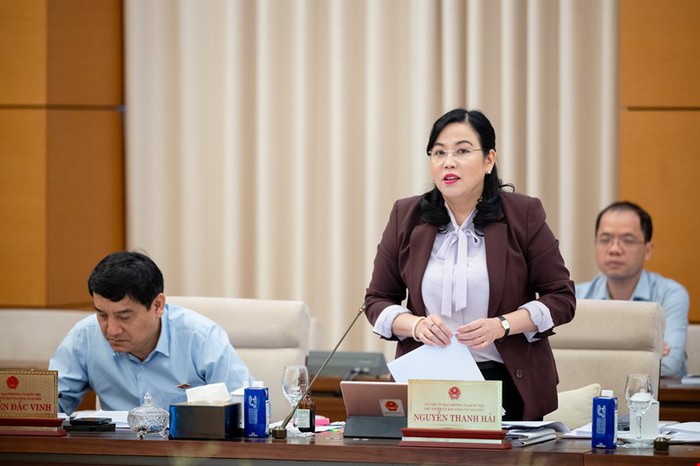
Members of the National Assembly Standing Committee discuss the draft Resolution
The total estimated budget for universalizing preschool education for children aged 3 to 5 (2026-2030) is VND 116,314.1 billion, of which:
Budget for implementing policies for preschool children (including study costs and lunch support): 1,062 billion/year.
Funding to attract and provide incentives for preschool managers, teachers and staff to carry out universalization tasks; including funding to support the recruitment of preschool teachers: VND 2,827.6 billion.
Funding to support managers, teachers and staff in carrying out universalization tasks: 3,296.8 billion/year.
Reinforcing schools and classrooms: capital requirement is about 26,651 billion VND.
Build additional classrooms and the number of students in each class does not exceed the regulations of each level of education: capital requirement is about 27,953 billion VND; build additional functional classrooms; library; teaching equipment...
Source: https://phunuvietnam.vn/can-hon-116-nghin-ti-gan-21500-chi-tieu-bien-che-de-thuc-hien-pho-cap-giao-duc-mam-non-20250417100546378.htm



![[Photo] Prime Minister Pham Minh Chinh holds talks with Prime Minister of the Kingdom of Thailand Paetongtarn Shinawatra](https://vphoto.vietnam.vn/thumb/1200x675/vietnam/resource/IMAGE/2025/5/16/23b5dd1e595d429491a54e3c1548fb79)

![[Photo] Welcoming ceremony for Prime Minister of the Kingdom of Thailand Paetongtarn Shinawatra on official visit to Vietnam](https://vphoto.vietnam.vn/thumb/1200x675/vietnam/resource/IMAGE/2025/5/16/cdd9e93739c54bb2858d76c3b203b437)



















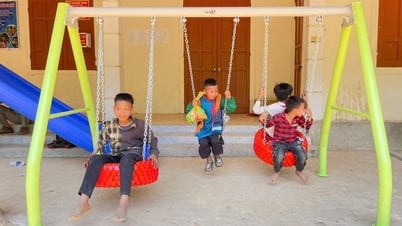



































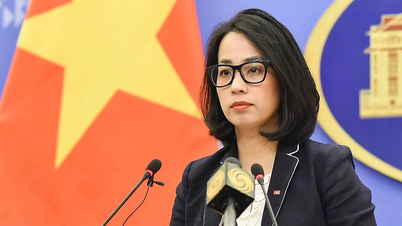

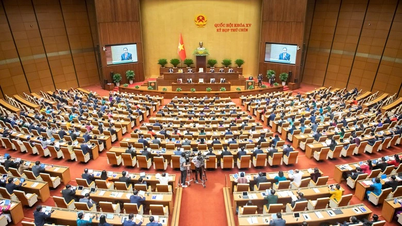














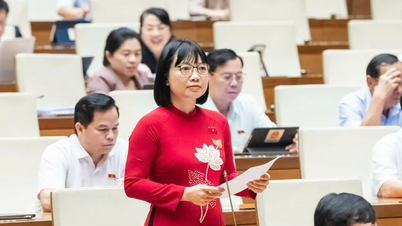














Comment (0)